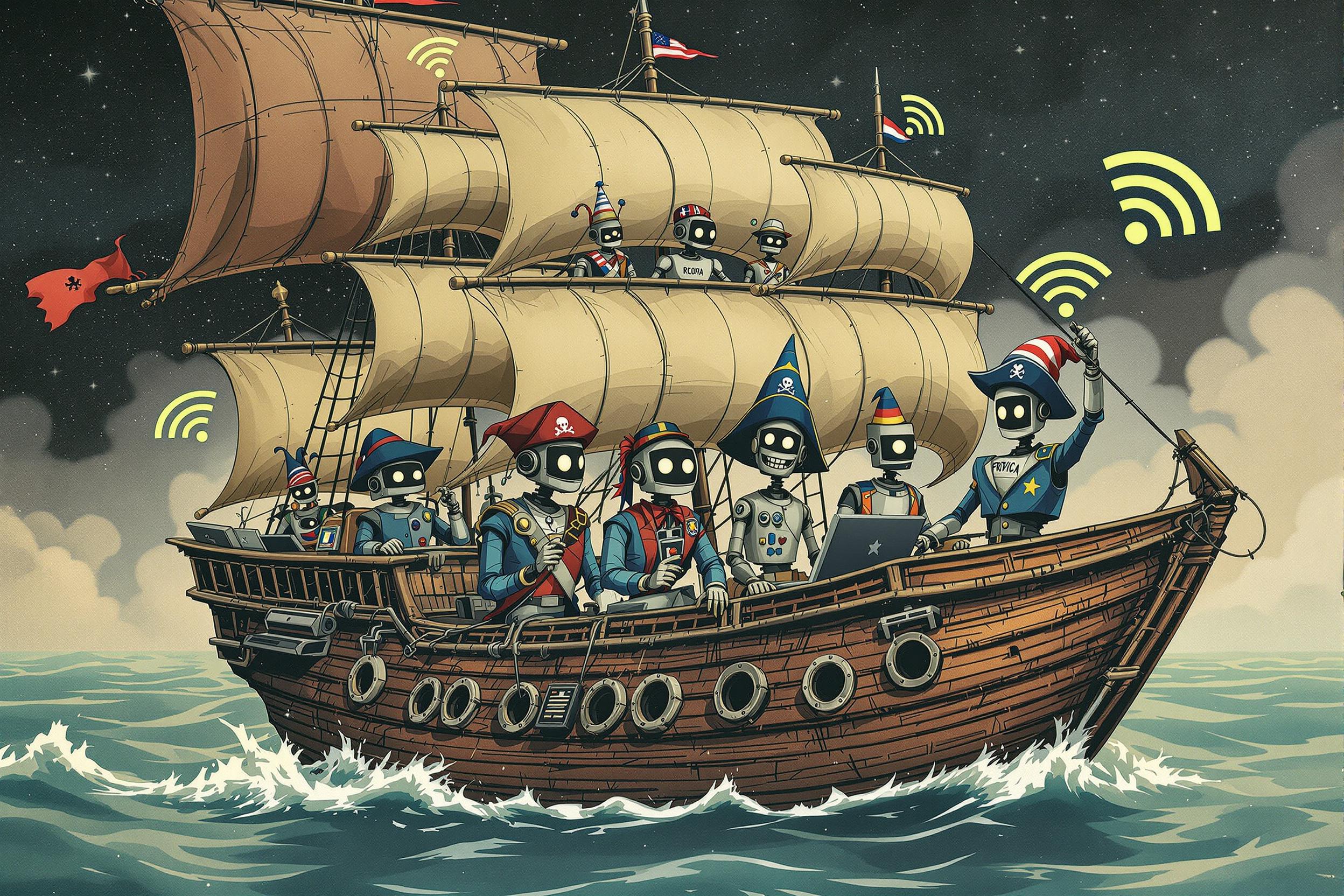
RGB
RGB (which stands for Red, Green, Blue) is a standard way of working with colors in digital design and printing. It's the color system used by computer screens, smartphones, and digital cameras. When looking at resumes for print-on-demand positions, RGB knowledge shows that a candidate understands how to prepare digital designs that will look good on screens before being converted for printing. Think of it like a universal color language that designers use to make sure colors appear correctly in digital formats, though these colors often need to be converted to a different system (called CMYK) for actual printing.
Examples in Resumes
Created digital artwork in RGB format for custom t-shirt designs
Managed color accuracy between RGB and CMYK for print production
Developed standardized RGB color profiles for consistent product photography
Typical job title: "Print Production Specialists"
Also try searching for:
Where to Find Print Production Specialists
Online Communities
Professional Networks
Learning Resources
Example Interview Questions
Senior Level Questions
Q: How do you handle color management across different devices and printing systems?
Expected Answer: A strong answer should explain how they ensure consistent colors from computer screens to final printed products, mentioning color calibration, profiles, and testing procedures in simple terms.
Q: What's your process for troubleshooting color inconsistencies in production?
Expected Answer: They should describe their systematic approach to identifying whether issues are coming from digital files, screen calibration, or printer settings, and how they document solutions for team reference.
Mid Level Questions
Q: How do you prepare RGB files for print production?
Expected Answer: Should explain the process of converting digital designs to print-ready files, including checking color accuracy and making necessary adjustments for different printing methods.
Q: What's the difference between RGB and CMYK, and why does it matter?
Expected Answer: Should be able to explain in simple terms that RGB is for screens while CMYK is for printing, and describe why this matters for final product quality.
Junior Level Questions
Q: What are the basic components of RGB color?
Expected Answer: Should explain that RGB uses red, green, and blue light to create different colors on screens, and understand basic color mixing principles.
Q: How do you ensure your screen is showing colors accurately?
Expected Answer: Should mention basic monitor calibration and the importance of consistent lighting conditions when working with digital colors.
Experience Level Indicators
Junior (0-2 years)
- Basic understanding of RGB color system
- Simple digital file preparation
- Basic screen calibration knowledge
- File format conversions
Mid (2-5 years)
- Color profile management
- Digital to print conversion expertise
- Quality control procedures
- Production workflow optimization
Senior (5+ years)
- Advanced color management
- System-wide color workflow setup
- Team training and standards development
- Complex troubleshooting capabilities
Red Flags to Watch For
- No understanding of basic color theory
- Confusion between RGB and CMYK usage
- Lack of experience with color management software
- No knowledge of file preparation for print production
Related Terms
Need more hiring wisdom? Check these out...

Cracking the Code: Real Strategies to Diversify Tech Hiring

ATS Benefits For Recruiters: A 2025 Guide to Smarter Hiring

Neurodiversity in Hiring: Unlocking Hidden Talent Pools for the Future

